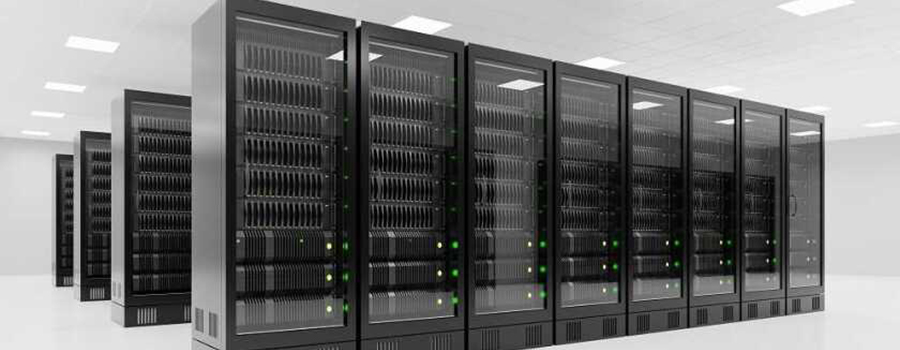


In the world of technology, the two basic components at the heart of data centers and server rooms are rack cabinets and server cabinets. So, what is the difference between these two terms? Which cabinet should you choose in which situation? Here are the answers to these questions:
Rack cabinets are cabinets that are usually 19 inches wide and have different heights, designed to accommodate and organize various electronic devices. These cabinets can accommodate servers, network devices, storage units, power distribution units and other equipment. The general features of rack cabinets are as follows:
Flexibility and Versatility: Provides flexibility to accommodate various types of devices. Servers, switches, routers and more can coexist.
Standard Dimensions: 19 inches wide is the industry standard and increases the compatibility of devices. Height is measured in “U” units.
Cable Management: Minimizes clutter and provides order with comprehensive cable management options.
Cooling Solutions: Offers a wide range of cooling management for different cooling needs of different devices.
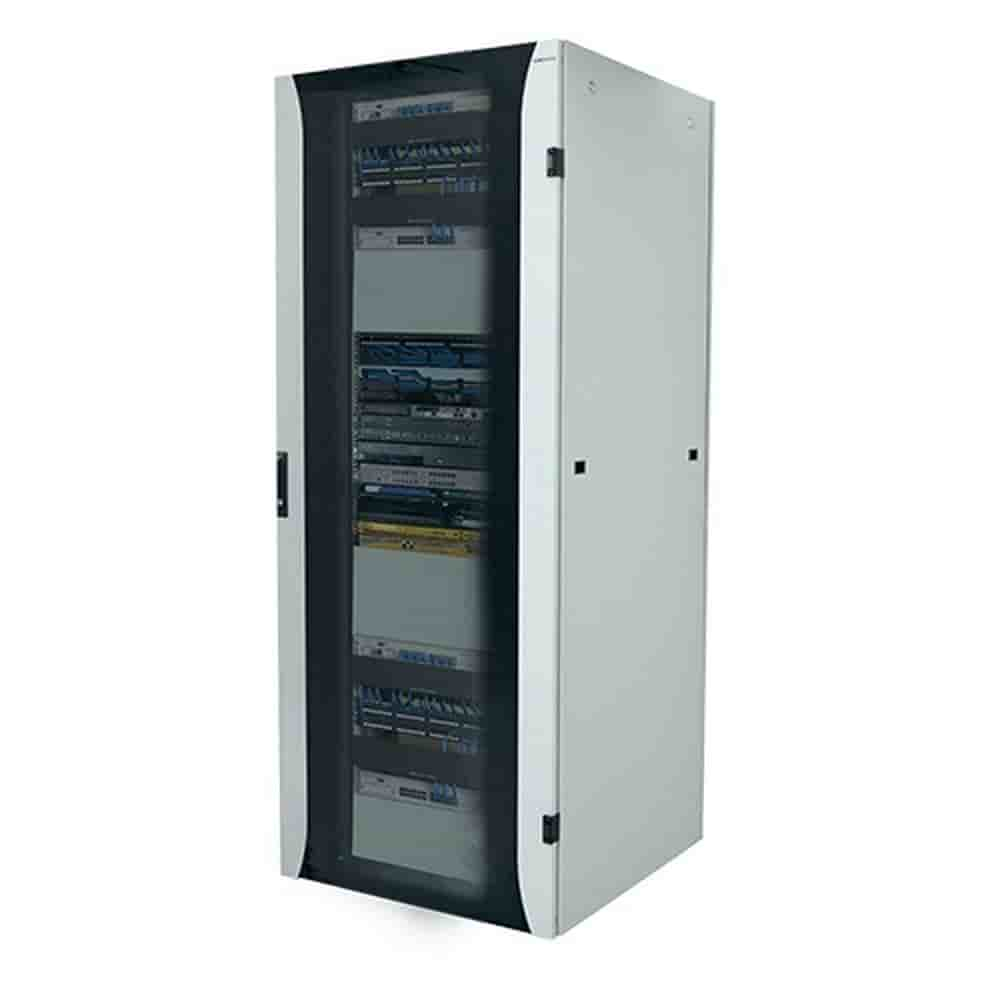


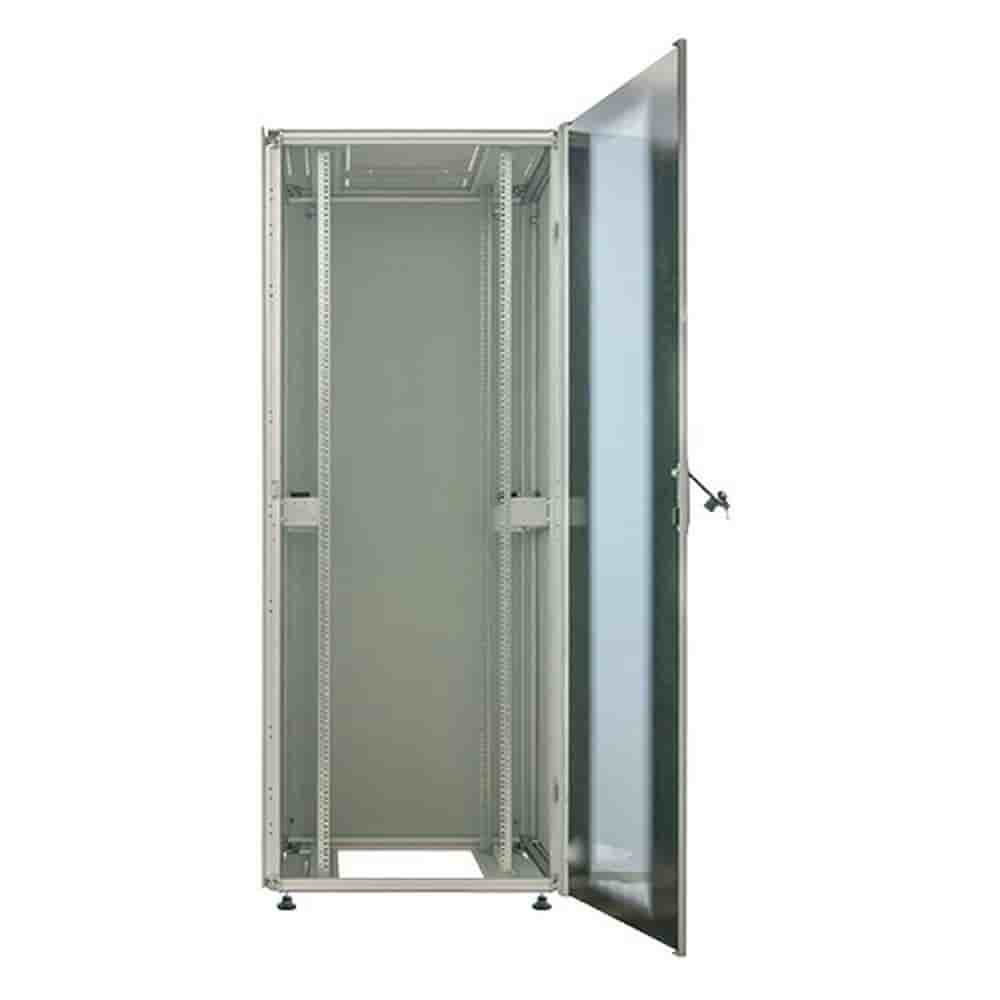
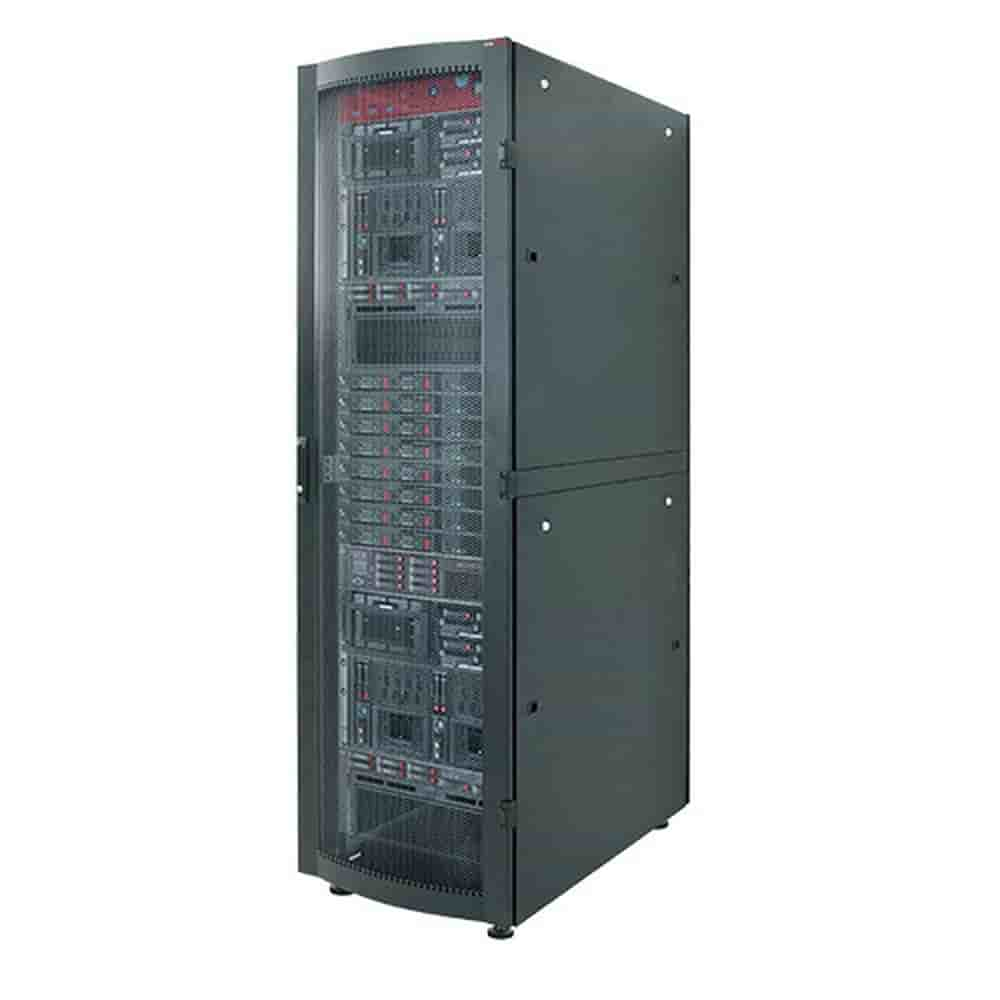


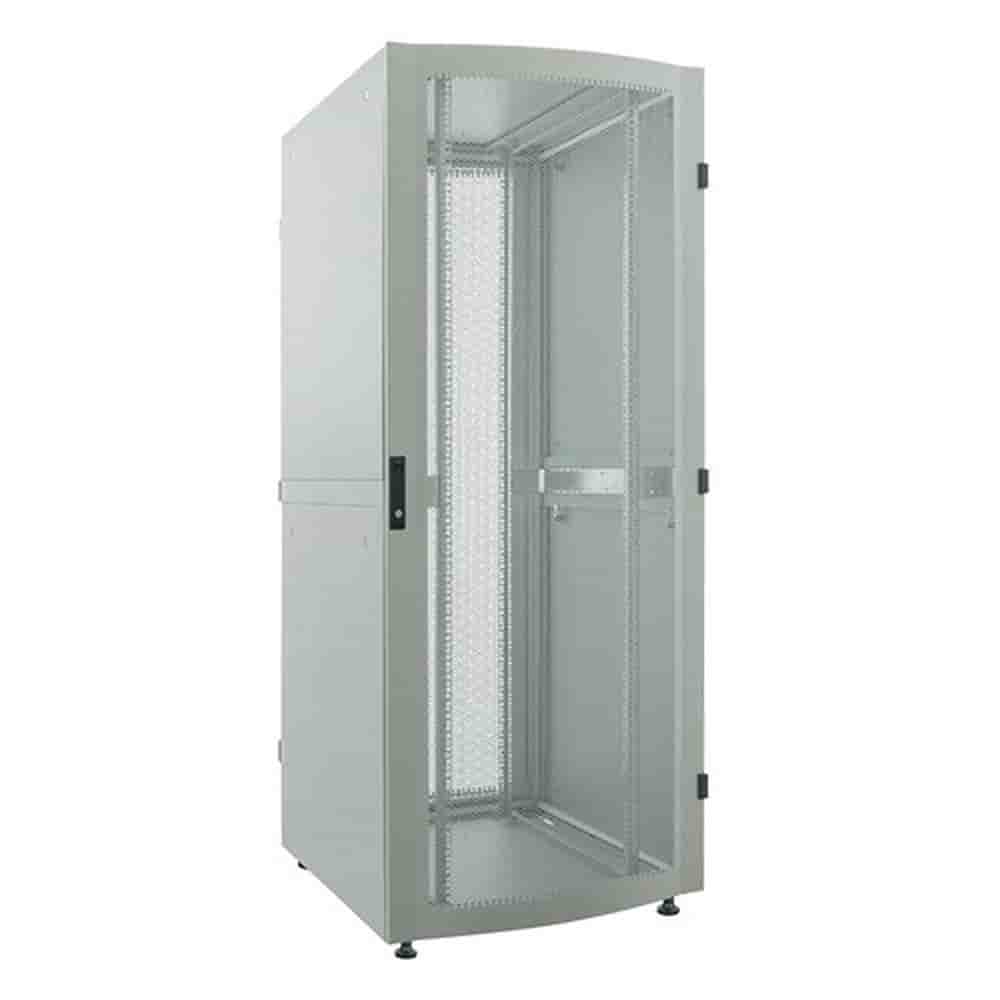
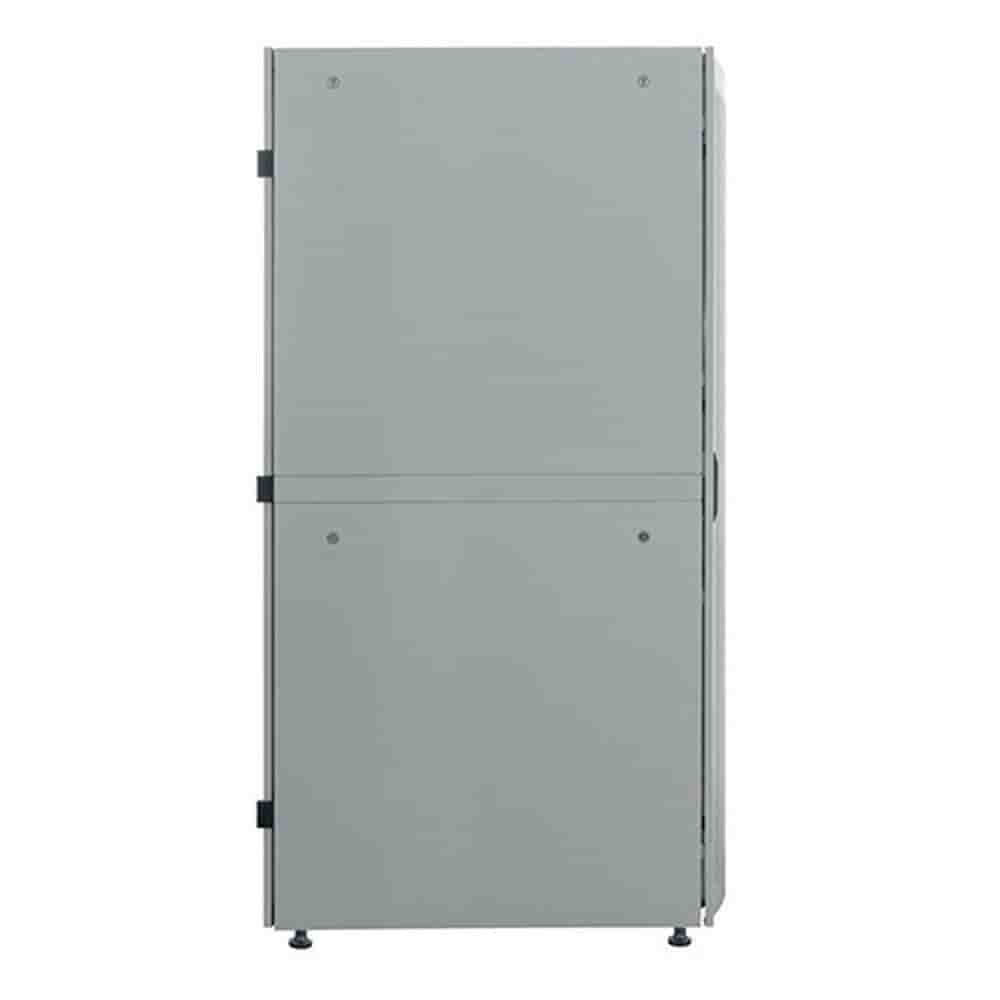
Server cabinets are cabinets specifically designed to house and manage servers. These cabinets are optimized to ensure that servers operate safely, regularly and efficiently. The main features of server cabinets are:
Special Use: Designed only for servers and optimized for the placement, cooling and management of servers.
High Cooling Capacity: Provides more effective cooling solutions due to the high heat production of servers.
Security: Usually includes more secure locking systems and monitoring solutions, thus ensuring the security of servers.
Accessories: Includes server-specific accessories such as server racks, rails and mounting kits.
Rack Cabinets are ideal for users who want to house a wide variety of devices together and need flexibility. If a data center or server room houses not only servers but also different types of network devices and storage units, rack cabinets will be the most suitable option.
Server Cabinets, on the other hand, provide the best performance in server-dense environments thanks to their structures designed specifically for the placement and management of servers. If a data center or server room will house high-density servers, server cabinets should be preferred.
Rack cabinets and server cabinets are indispensable components of data centers and server rooms. Both types of cabinets offer solutions for different needs, and the right choice depends on the requirements of a specific application. While rack cabinets offer flexibility and versatility, server cabinets are optimized for efficient and secure management of servers.
Choosing the right cabinet can directly affect the performance and efficiency of your data center or server room. Determining your needs and choosing the most suitable cabinet is the key to a successful IT infrastructure.